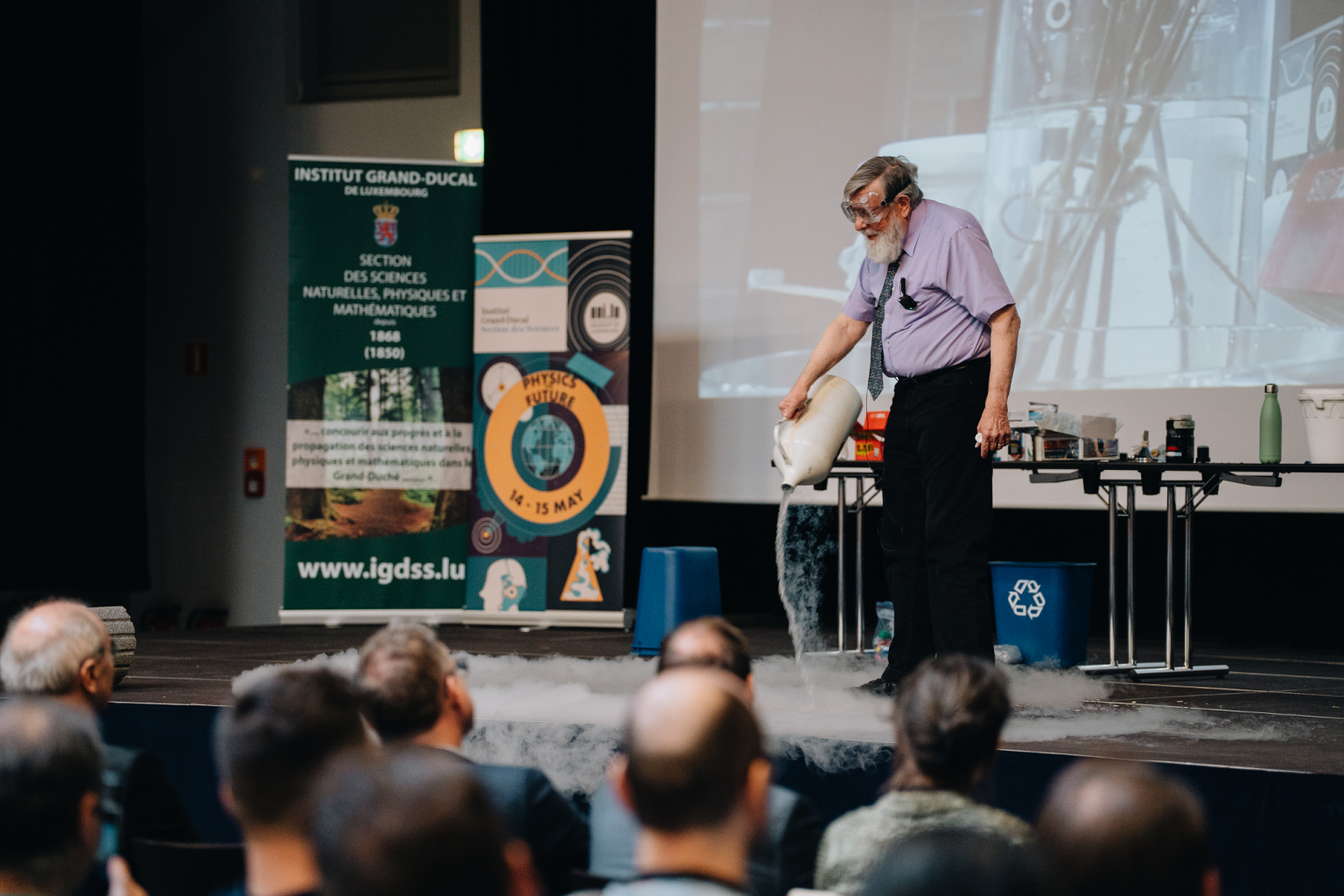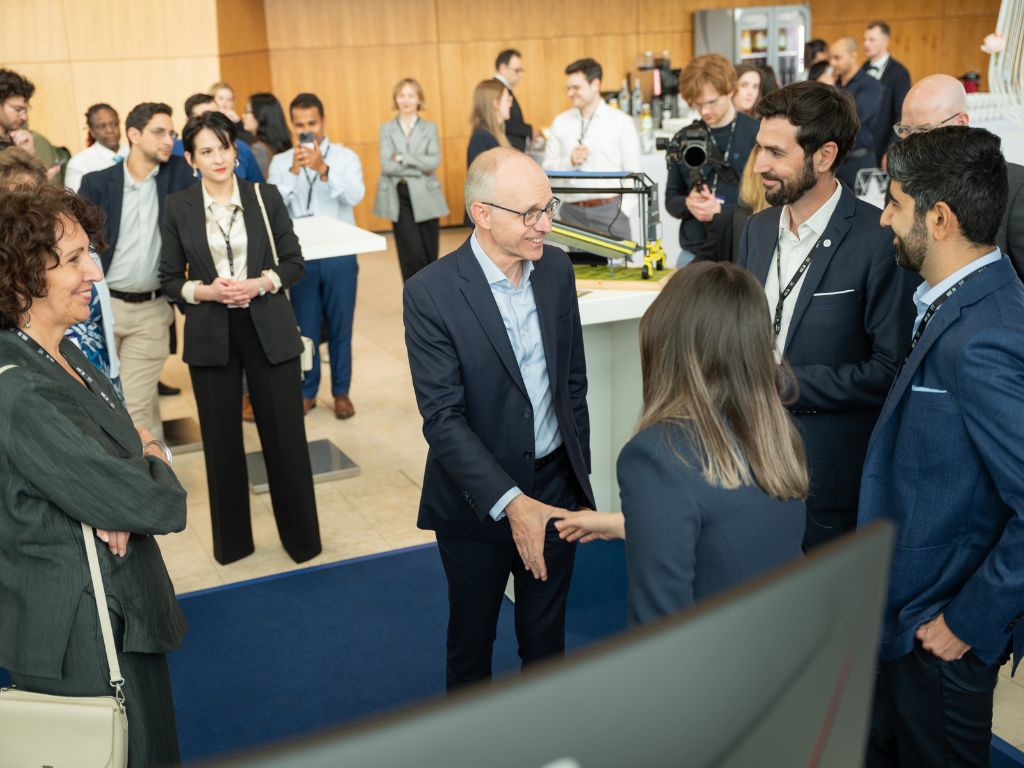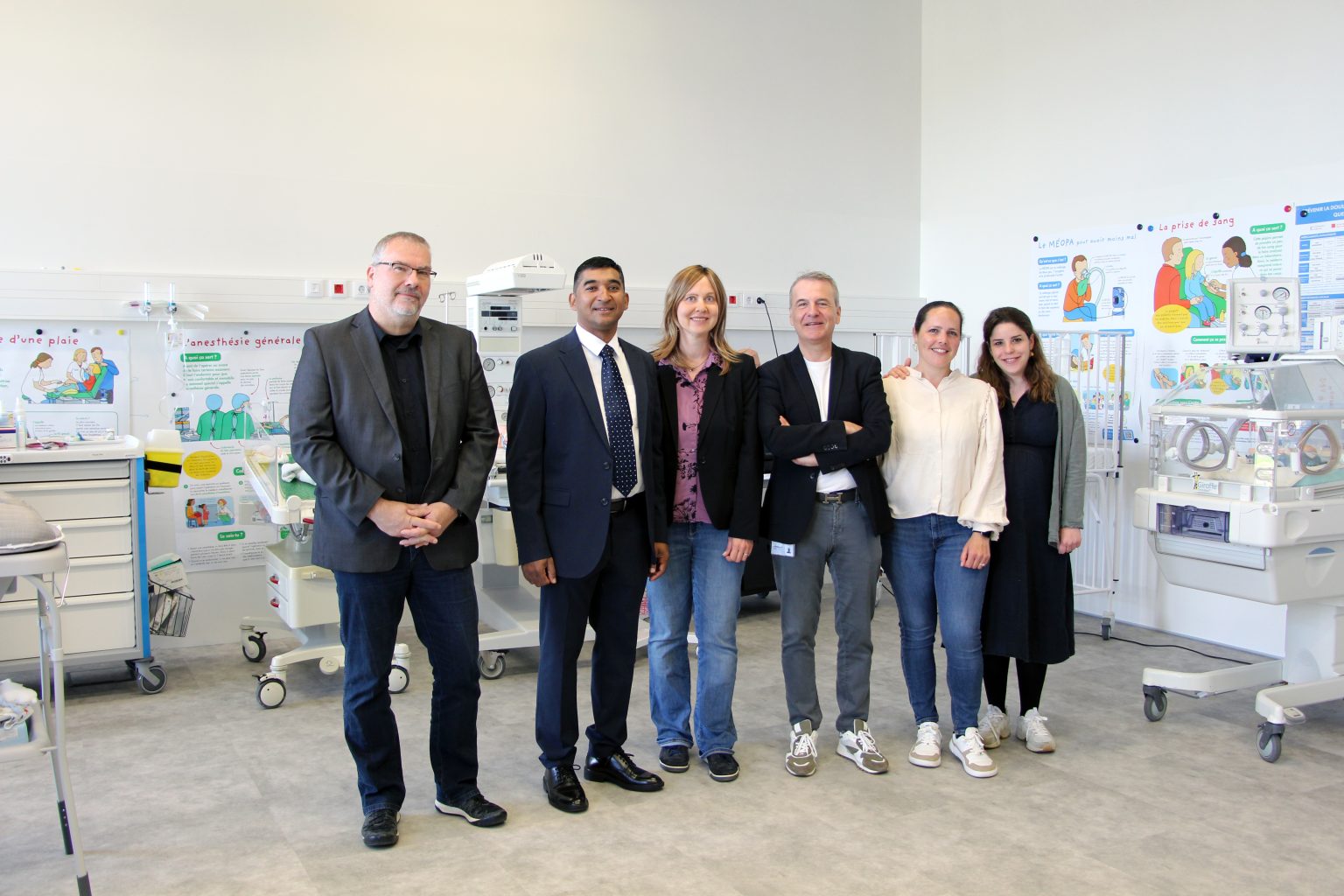Étudier dans notre Université
Trouvez votre programme d’études
- Programmes de bachelor et de master Découvrez notre gamme de formations
- Écoles doctorales En savoir plus sur nos écoles doctorales
- Diplômes d’études spécialisées Nos offres de formation pour les futurs médecins spécialistes
- Formation continue Découvrez les possibilités de formation professionnelle et d’apprentissage tout au long de la vie
Actualités
-

Un nouveau rapport met en lumière l’expérience des locataires au Luxembourg
Communiqués de presseSciences socialesLearn more -

Explorer l’avenir des technologies quantiques
Relations avec le publicInformatique & TICLearn more -
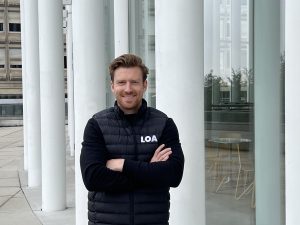
-

Ban Ki-moon aux étudiants d’Uni.lu : “décideurs de demain, soyez des citoyens du monde”
Relations avec le publicSciences humainesLearn more -

De Saint-Louis au monde entier – À la recherche de l’histoire du 1er mai
RechercheSciences humainesLearn more -
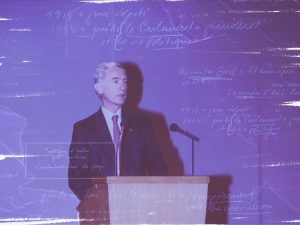
Un héritage d’étude et de recherche historique
Relations avec le publicSciences humainesLearn more
